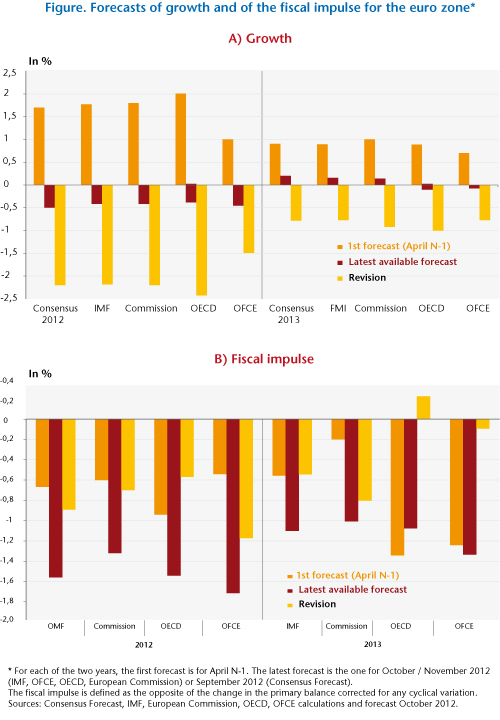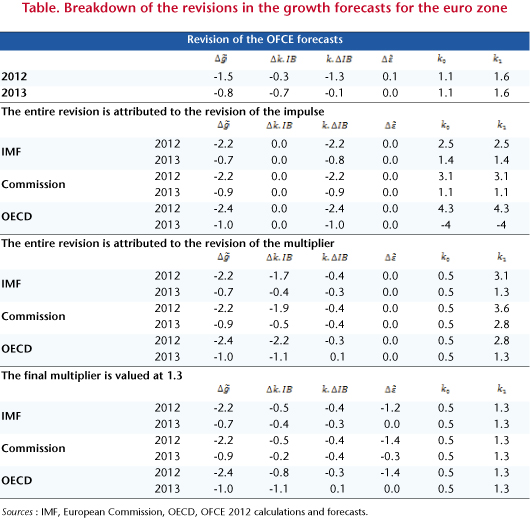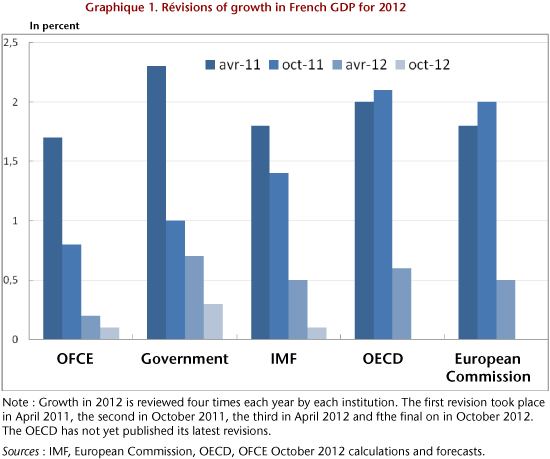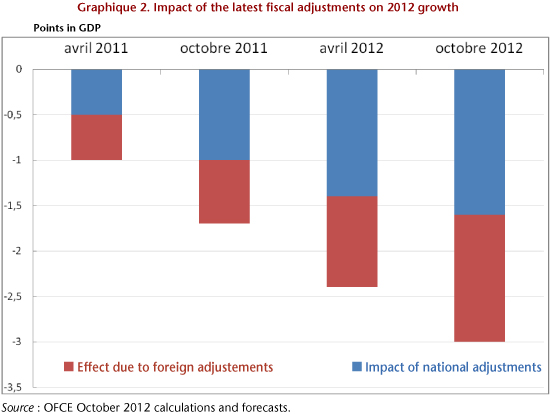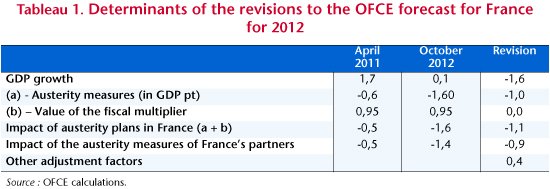The imperative of sustainability economic, social, environmental
OFCE[1], ECLM[2], IMK[3], AKW[4]
It was during the climax of the so-called Eurozone sovereign debt crisis that we engaged into the independent Annual Growth Survey – the project was first discussed at the end of the year 2011 and the first report was published in November 2011. Our aim, in collaboration with the S&D group at the European Parliament, has been to challenge and question the European Commission contribution to the European Semester, and to push it toward a more realistic macroeconomic policy, that is to say less focused on the short term reduction of public debt and more aware of the social consequences of the crisis and the austerity bias. For 7 years, we argued against a brutal austerity failing to deliver public debt control, we warned against the catastrophic risk of deflation. We also alerted on the social consequences of the deadly combination of economic crisis, increased labor market flexibility and austerity on inequalities, especially at the lower part of the income distribution. We cannot claim to have changed alone the policies of the Union, but we acknowledge some influence, although insufficient and too late to prevent the scars let by the crisis.
Today, there is a need to take this initiative a major step forward. The adoption of the UNSDGs calls for a new approach to economic governance and to economic growth. The measurement of economic performance needs to evolve into the measurement of well-being on all three accounts of sustainable development – economic, social and environmental. A broad range of policies have to be mobilized coherently to this effect, which must move fiscal policy from a dominant to an enabling and supportive role. Moreover, those policies need to be anchored on a consistent and inclusive long-term strategy, and should be monitored closely to check that they deliver sustainability.
So far, the EU has not properly embraced this agenda, and the still prevailing European Semester process is an inadequate process to lead the EU towards achieving the UNSDGs. In the same way as the iAGS challenged the dominant orthodoxy in the macroeconomic field, the iASES 2019 – independent Annual Sustainable Economy Survey, the new name of the iAGS – is our contribution to support a strategy towards sustainability and show the way.
The iASES 2019 scrutinizes the general outlook of the EU economy. The coming slowdown largely results from the gradual attenuation of the post-Great Recession recovery momentum and the convergence of growth rates towards a lower potential growth path. The slowdown of growth coincides with a revival of political turmoil – Brexit, Italy’s public finances, the trade war and turbulences in some emerging countries. The upturn will come to an end at some point, and the euro area is not yet prepared for that, as imbalances persist and the institutional framework remains incomplete[5]. The euro area has moved into a large trade surplus, which may not be sustainable. Nominal convergence remains an important issue that should be addressed by political willingness to coordinate wage development more actively, beginning with surplus countries. Moreover, the incomplete adoption of a Banking Union may be insufficient to ensure banking stability in case of adverse shocks. The ECB could have to come to the rescue with extended unconventional policies, complemented with automatic stabilisation measures working across borders within EMU.
The social situation has slightly improved in the EU since the worse of the crisis and, on average, the unemployment rates across European countries are back at their pre-crisis levels. However, differences across countries and sections of the population are still huge. Policy makers need to be aware of possible trade-offs and synergies between economic, social and environmental goals in general and the Sustainable Development Goals (SDGs) in particular[6]. In line with the SDGs and intended goals of the European Pillar of Social rights iASES aims at promoting policies – expanding social investments, pro-active industrial policies, reducing working time, increasing collective bargaining to limit primary formation of inequalities – that address these goals and overcome the direct and indirect negative consequences of unemployment.
Climate change is arguably the most serious challenge that we collectively face. Computing carbon budgets can be useful to warn policy-makers about the effort to be delivered in order to put society on the road to environmental sustainability. The iASES evaluates the “climate debt” which is the amount of money that will have to be invested or paid by countries for them not to exceed their carbon budget, leading to three key policy insights. There are few years left for major European countries before exhausting their carbon budget under the +2°C target. Consequently, the carbon debt should be considered as one of the major issues of the decades to come since in the baseline scenario it represents about 50% of the EU GDP to stay below +2°C[7]. Framing the climate question in the words of debt is deliberate as the concept of excessive deficit applies today totally to the procrastination we demonstrate there.
[1] Directed by Xavier Timbeau with Guillaume Allègre, Christophe Blot, Jérôme Creel, Magali Dauvin, Bruno Ducoudré, Adeline Gueret, Lorenzo Kaaks, Paul Malliet, Hélène Périvier, Raul Sampognaro, Aurélien Saussay, Xavier Timbeau.
[2] Jon Nielsen, Andreas Gorud Christiansen.
[3] Peter Hohlfeld, Andrew Watt.
[4] Michael Ertl, Georg Feigl, Pia Kranawetter, Markus Marterbauer, Sepp Zuckerstätter.
[5] See « Some Challenges Ahead for the EU », OFCE Policy Brief, n°49, February 5,2019.
[6] See « Social Sustainability: From SDGs to Policies », OFCE Policy Brief, n° 50, February 5, 2019.
[7] See “An explorative evaluation of climate debt”, OFCE Policy Brief, n° 45, December 11, 2018.
